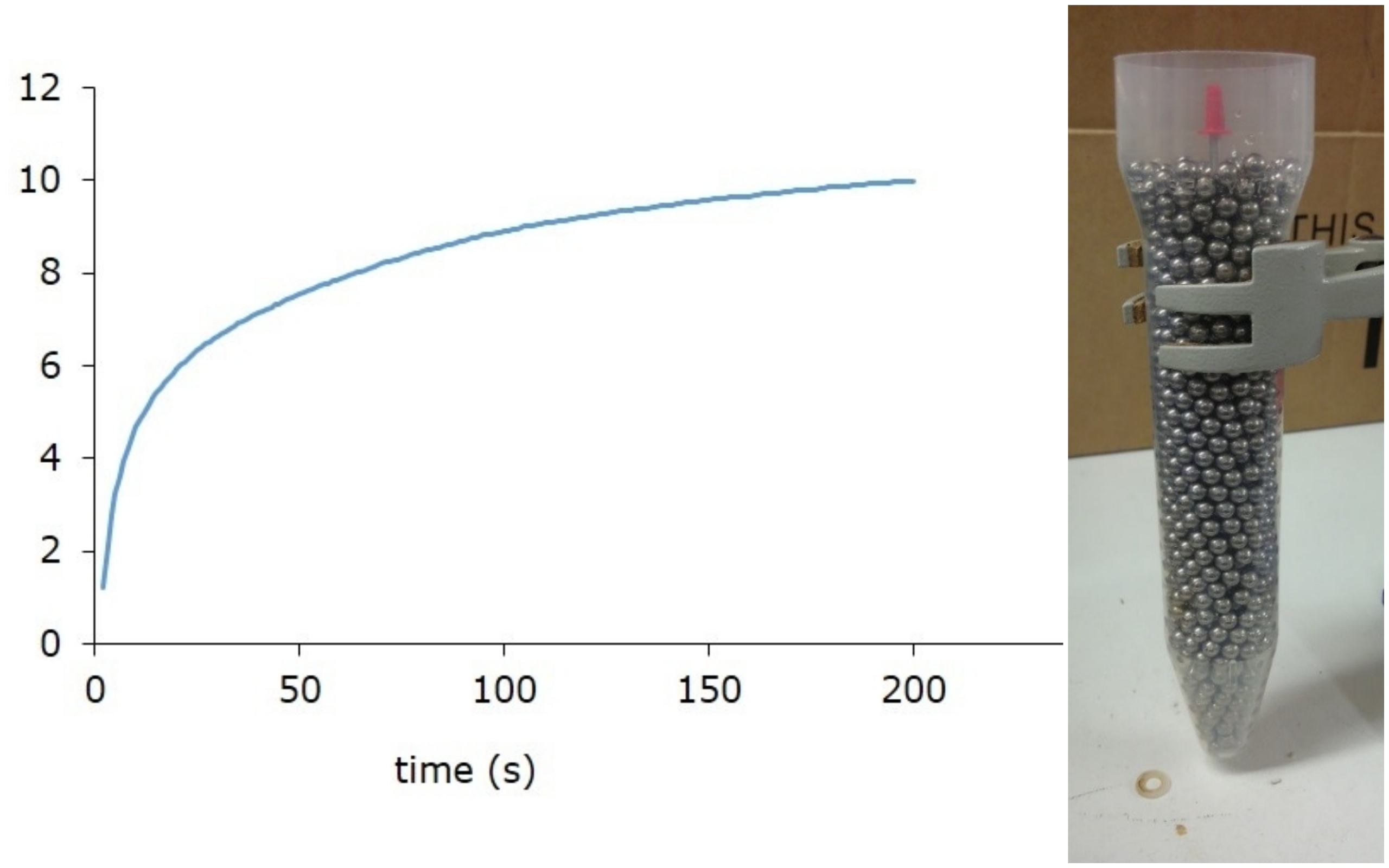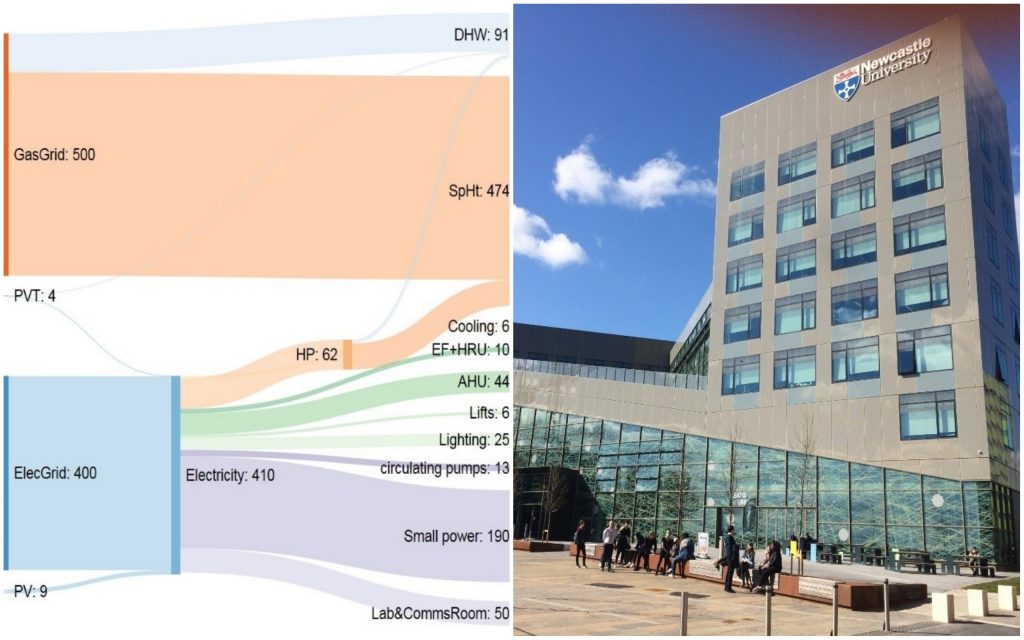Mohammad Royapoor and Michael Barclay discuss two presentations made at this year’s UK Energy Storage Conference (UKES2018). Both presentations highlight the importance of building physics in an integrated energy system
About the authors
Dr Mohammad Royapoor is Research Associate in the School of Engineering at Newcastle University. A chartered engineer, he has been involved in academia and industry working on the design and optimisation of heating, ventilation and air conditioning services (HVAC) and building fabric since 2003. His work concerns various aspects of building physics, modelling and energy reduction, building retrofit options and occupant
Engineering at Newcastle University. A chartered engineer, he has been involved in academia and industry working on the design and optimisation of heating, ventilation and air conditioning services (HVAC) and building fabric since 2003. His work concerns various aspects of building physics, modelling and energy reduction, building retrofit options and occupant
perception of comfort.
Contact: mohammad.royapoor@newcastle.ac.uk Profile details
Dr Michael Barclay is Architectural Officer in the College of Engineering at Swansea University. He has academic expertise in building physics and computer simulation and is a member of the research team on a project progressing the concept of Buildings as Power Stations (SPECIFIC), which is looking into addressing the challenge of low carbon electricity and heat by enabling buildings to generate, store and release their own energy, in one system, using only the energy from the sun.
Disciplines such as structural and soil mechanics, advanced materials and construction techniques, renewables and digitalisation have been able to heavily influence modern building design and attract large research resources over the past two decades. More recently, building physics – generally somewhat a dormant science in early 2000s – has been pushed into the forefront of innovation. This is because the interaction between internal mass within well-insulated (and adaptive) envelopes can enable internal zone thermal equilibrium, reduce building peak demands and overheating risks, offer demand side response (DSR) capability and enable owner and operators to use their building as an asset that can offer arbitrage and flexibility to energy suppliers.
The link between two UKES 2018 presentations highlighted the role of building physics as a core component of integrated energy systems research. The first was the work led by Dr Michael Barclay. He provided an overview of his work into experimentation, modelling and validation of the heat flow in solids.

Fig 1: Temperature change resulting from heat injected into ball-bearings using Transient line source probe [1]
The significance of fundamental research such as this is that it offers building analysts the ability to parameterise mathematical models of complex buildings with validated real-world values. Considerable uncertainty exists in the characteristics of heat transfer in building elements and as a result modelling building energy consumption can carry significant errors [2]. Therefore a more detailed understanding and appropriate characterisation of heat flow in building materials allows much greater prediction accuracy and therefore more appropriate techno-economic appraisals for buildings and indeed the broader integrated energy systems.
The second was a report on Building as a Power Plant project led by Dr Sara Walker, Director of Expertise at Newcastle University’s School of Engineering and Associate Director of the EPSRC National Centre for Energy Systems Integration (CESI). Using Urban Sciences Building (home to the University’s flagship School of Computing and to CESI) as a case-study, the research team is examining the extent to which the building is able to provide DSR to the local electricity network by operating its HVAC, lighting and several other non-critical loads in a more dynamic manner without compromising occupant comfort. Early stage findings points to the possibility of 32 – 35% of the total electrical load of the building being available at any time for DSR at short or no notice (Fig 2). The integrated nature of UK energy is a reflection of the interconnectivity of our physical world. Investigating the flow of heat in a small tube of ball-bearings enables greater model precision at building level which in turn can inform future control philosophes of a secure, flexible and low carbon electricity network.

Fig 2: A Sankey diagram of energy flow with sub-categories of electrical demand (LHS) in the USB building (RHS) [3]
References
[1] Barclay, M; Feng, Y. T; Perisoglou, E: Experimental and Numerical Investigations of Discrete Heat Storage Materials, UKES 2018 Conference presentation, Newcastle University.
[2] M. Mirsadeghi, D. Cóstola, B. Blocken, J.L.M. Hensen, Review of external convective heat transfer coefficient models in building energy simulation programs: Implementation and uncertainty, Applied Thermal Engineering, Volume 56, Issues 1–2, 2013, Pages 134-151, ISSN 1359-4311
[3] Royapoor, M; Davison, P; Patsios, H; Walker, S: Building as a Power Plant, UKES 2018 Conference presentation, Newcastle University.